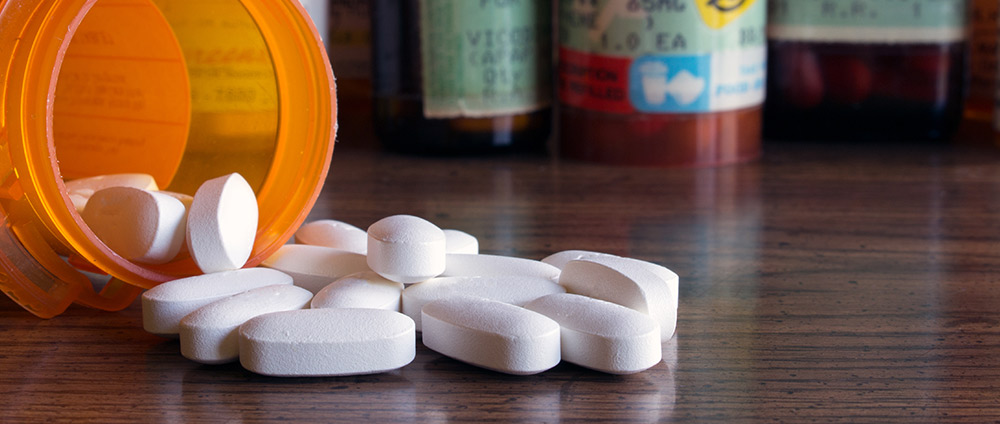
Opioid addiction in the United States profoundly impacts individuals, families, and communities. What might start as a prescription for pain or a moment of experimentation can rapidly turn into a cycle of dependence and addiction that feels impossible to escape. These powerful drugs, whether prescription medications or illicit substances like heroin or fentanyl, can hijack the brain, making recovery seem out of reach.
This page outlines the warning signs of opioid addiction, the most common opioid addiction symptoms, and the treatments that can help people unchain themselves from addiction and recalibrate their lives.
Opioid addiction, clinically described as opioid use disorder, is a chronic condition characterized by an inability to stop using opioids despite adverse outcomes. Opioids are potent drugs derived from opium poppy plants (opiates) or synthesized in labs (semi-synthetic and synthetic opioids). While they are effective for pain management, their highly addictive nature can provoke abuse and dependence.
Opioids interact with opioid receptors in the brain, reducing pain and triggering a sense of intense euphoria.1 This rewarding sensation can provoke repeated use as the brain associates the drug with pleasure. Over time, the brain’s natural reward system becomes disrupted, and individuals may feel compelled to take opioids to feel normal or to avoid the painful symptoms of withdrawal.
One of the defining characteristics of opioid addiction is its ability to create physical and psychological dependence. Physical dependence results from the body becoming reliant on opioids, leading to withdrawal symptoms when they are no longer present. Psychological dependence is marked by cravings and a compulsive need to use opioids, even when the person is aware of the harm it is causing.
Opioid addiction doesn’t discriminate, it can affect anyone, regardless of age, background, or socioeconomic status. Addiction often begins innocently, such as following a legitimate prescription for surgery or injury. However, the line between therapeutic use and addiction can blur quickly. Misuse, such as taking more than prescribed, using someone else’s prescription, or turning to illegal opioids like heroin, can trigger a dangerous cycle of dependence that’s challenging to break.
Without treatment, opioid use disorder can lead to severe health complications, financial hardship, relationship breakdowns, and fatal overdoses. Fortunately, individuals can break free from the cycle of addiction with the proper combination of therapy, medication, and support.
Opioids are among the most addictive substances. Their ability to bind with receptors in the brain triggers a surge of dopamine, a chemical that creates feelings of pleasure and reward.2 This rush of euphoria can be so powerful that it compels people to seek out the drug again and again, even when they know the risks.
Regular use of opioids can cause the body to adapt, calling for higher doses to deliver the same effects, a phenomenon known as tolerance. This cycle of increased use can rapidly escalate to addiction.
Prescription opioids, like oxycodone or hydrocodone, can be just as addictive as illegal opioids like heroin. Regular use can quickly lead to dependence, even when the drugs are initially taken for legitimate medical reasons.
The addictive nature of opioids lies not just in the euphoria they produce but in the way they make withdrawal feel unbearable. Opioid addiction withdrawal symptoms like intense cravings, anxiety, and physical discomfort make stopping without professional intervention seem unachievable.
Because of this high potential for abuse and addiction, opioids are classified as Schedule II controlled substances in the United States.3
The devastating effects of opioid addiction mean they are one of the most dangerous substances.
While progress is being made in some areas, the battle against opioid addiction is far from over.
Opioid addiction signs can manifest in various ways, affecting physical health, behavior, and relationships.
Behavioral opioid addiction signs include:
Physical opioid addiction signs include:
Emotional opioid addiction signs include:
If you notice a cluster of these signs in yourself or a loved one, seek help promptly to prevent the addiction from worsening.
Addiction often begins subtly, making it difficult to detect in the early stages. That said, certain behaviors and symptoms may indicate a developing problem. These may include:
Recognizing these signs early can prevent opioid addiction from taking hold. If you suspect a problem in yourself or someone you love, consult a medical professional immediately.
The Diagnostic and Statistical Manual of Mental Disorders (DSM-5) defines opioid use disorder by symptoms of opioid misuse. This includes a range of symptoms that reflect physical, mental, and behavioral patterns associated with opioid misuse.9 These are the diagnostic symptoms:
If someone exhibits two or more of these symptoms within 12 months, they may meet the criteria for opioid use disorder. The severity of the disorder is categorized according to the number of symptoms present as mild (2 or 3), moderate (4 or 5), or severe (6 or more).
Recovering from opioid addiction takes courage and support, but no one has to face it alone. Whether you’re seeking information, treatment options, or community guidance, many resources are available to help individuals and families.
Accessing reliable resources can make a significant difference in the recovery journey. These options provide support for people across the United States:
Accessing reliable resources can make a significant difference in the recovery journey. The following options provide support for individuals and families:
Shatterproof: This nonprofit is dedicated to transforming addiction treatment in the United States through education, advocacy, and stigma reduction. The treatment atlas on their website helps people connect with evidence-based care.
California offers a wide range of resources to support those battling opioid addictions, as well as their families. Options include:
Seeking help for opioid addiction can feel overwhelming, but taking that first step can help kickstart your recovery and allow you to recalibrate your life. Here’s what to do:
Opioid addiction doesn’t have to define your life or the life of someone you love. Recovery is possible, and the proper support can make all the difference. At Tree House Recovery, we specialize in helping men and women overcome opioid use disorder and build healthier, more fulfilling futures.
Like all progressive conditions, opioid addiction usually gets worse unless treated, so don’t wait for things to spiral out of control—take the first step toward healing today. Our team of compassionate and experienced professionals is ready to guide you through every stage of recovery. With proven treatment methods and a supportive community, we’ll help you regain control and rebuild your life from the ground up.
Our admissions specialists are available 24/7 to answer your questions and help you take the first steps to sustained recovery—call (855) 202-2138 for immediate assistance.
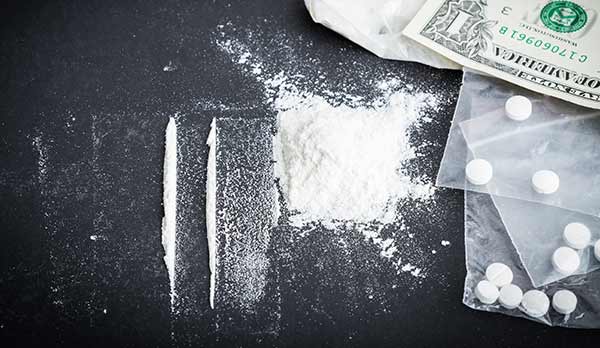
Opioid pills are commonly snorted. Signs of this include rolled-up dollars, mirrors covered with powder, and partially burnt straws.
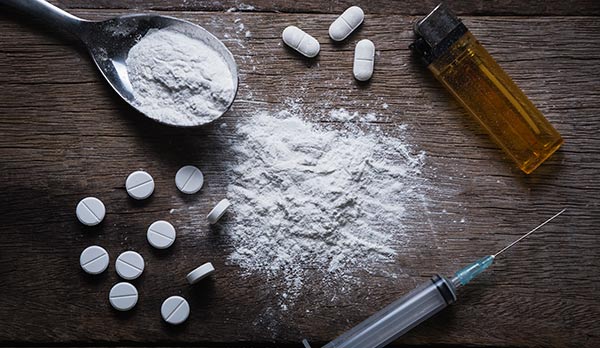
Opioids can also be shot (used intravenously). Red flags include “track marks”, burnt or bent spoons, and q-tips with missing cotton.
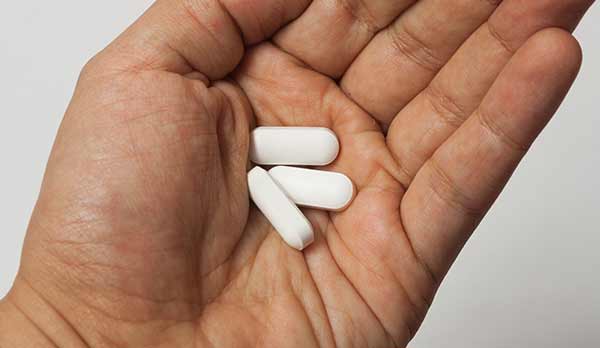
Because many opioids come as pills, they can easily be abused orally. Warning signs include running out of prescriptions opioids early.
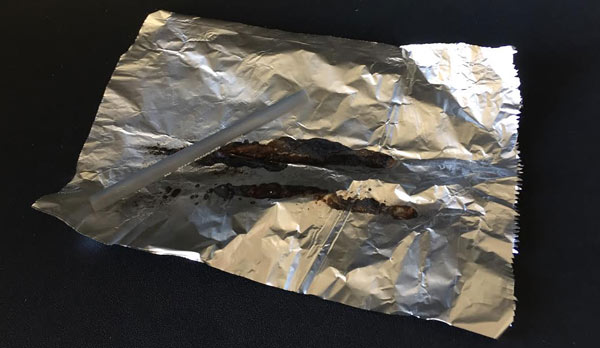
Opioids are often smoked using tinfoil. Evidence of this includes hollowed-out pens, partially melted straws, and missing spoons.
